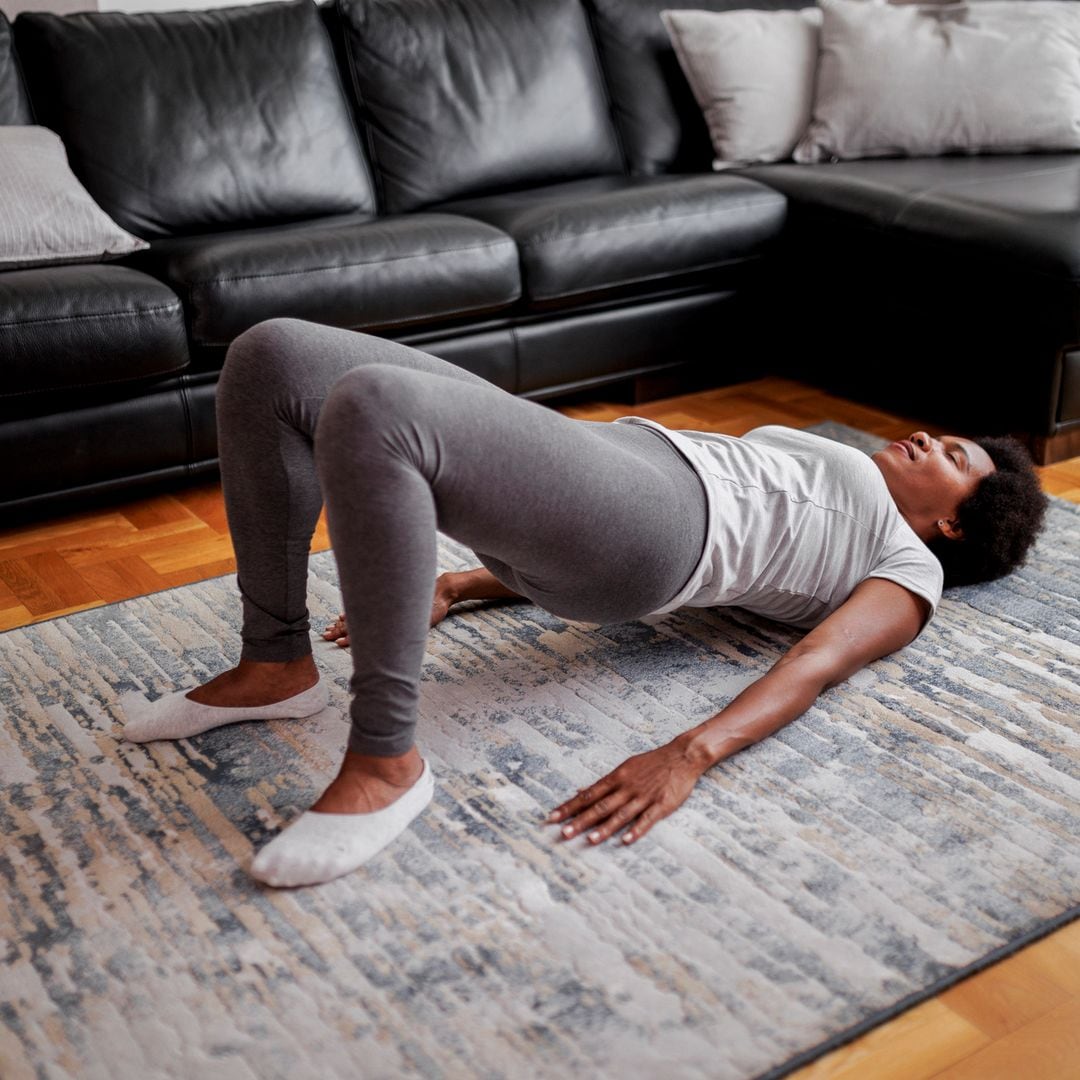You may be surprised by the name, but “dead butt syndrome” is a real problem that affects many people, especially those who spend long hours sitting. We should not take it as something funny since it can affect health. To better understand what it is and how we can prevent it, we spoke with the Dr. Mario Gestoso GarcíaHead of the Back Unit at Quirónsalud Palma de Mallorca and Director of the Spanish Back School (EEDE).
– Read: Tricks and remedies to relieve lower back pain
When dead butt syndrome is not treated properly, other problems may appear, such as low back pain, pain in the hips or legs.
What exactly is dead butt syndrome?
According to Dr. Gestoso, “dead butt syndrome” occurs when gluteal muscles, especially the gluteus medius, they stop activating correctly. This usually happens when we are inactive or sitting for a long time, which weakens these muscles and causes other parts of the body, such as the lower back or hips, to take over the work that the glutes should do. “The result is pain and tension in those areas,” explains Gestoso.
If we do not treat dead butt syndrome in time, it can lead to major problems. “He pain in the lower back, low back pain, pain in the hips and legs “These are common consequences,” explains the specialist. In addition, muscles that are not designed to assume the workload of the glutes become overloaded, which generates muscle imbalances and pressure on the joints.
The glutes: key to your health and stability
It is important to understand that the glutes not only play an aesthetic role, but are fundamental for the stability of the body and general health. These muscles are essential for many of the activities we do daily, such as walking, running, climbing stairs or simply maintaining correct posture.
“The glutes act as a natural shock absorber for the spine“says Dr. Gestoso. When they are strong, they help to distribute the weight of the body in a balanced way, which reduces the risk of developing lower back pain and other musculoskeletal conditions. In addition, well-developed glutes improve stability and balancepreventing falls and injuries, both in daily activities and sports.
– Read: Firm glutes goal: achieve it with these 6 exercises
The most common symptoms of dead butt syndrome
This syndrome not only affects the buttocks, it can also cause discomfort in other areas. Among the most frequent symptoms we find:
- Pain in the lower back, hips or knees.
- Stiffness in the lower back.
- Difficulty activating the glutes during exercises such as squats or leg lifts.
Taking breaks every 30-60 minutes to walk and stretch and even do some squats prevents it.
The influence of the chair and posture in the office
If you work in an office or spend many hours sitting, it is essential to pay attention to the ergonomics. The type of chair and the posture we adopt can play an important role in activating or deactivating the glutes. “Poor posture or a poorly designed chair increase the risk of developing this syndrome,” comments the doctor. The ergonomic chairs that provide good lumbar support and allow the knees to be level with or slightly below the hips are ideal for reducing pressure on the glutes and lower back.
Additionally, the time we spend sitting is key. Yeah we spend too many hours in the same positionthe glutes stop working efficiently. Do breaks every 30-60 minutes to get up, stretch and move around a little It is very important in the prevention of this syndrome. You can incorporate simple exercises like getting up from your chair and doing some squats or walking for a few minutes. And one of the evils that we suffer the most in this society and that causes many other problems is a sedentary lifestyle.
The impact of a sedentary lifestyle on our health
Sedentary lifestyle has increased considerably in recent years, and this has had a direct impact on the health of many people. According to a recent study by the World Health Organization, the time we spend sitting has grown significantly, especially with the expansion of the telecommuting. In fact, it is estimated that More than 60% of adults worldwide do not get enough daily physical activitywhich contributes to gluteal weakness and other muscle problems.
Dr. Gestoso points out that “lack of physical activity is directly related to a increase in cases of low back pain and dead butt syndrome“In addition, a sedentary lifestyle also affects other parts of the body, such as the hips, which remain in a flexed position for a long time, causing stiffness and loss of mobility. This lifestyle can have serious consequences, including an increased risk of cardiovascular disease, obesity and metabolic disorders. That is why it is so important to take breaks to walk and stretch and, as much as possible, train several days a week.
– Read: Exercises for buttocks that also prevent back pain
Exercises to combat dead butt syndrome
One of the simplest and most effective strategies to prevent this syndrome is to take short breaks during the day. “Taking a break every 45 minutes to stretch and activate your glutes not only prevents dead butt syndrome, it also “improves circulation and reduces muscle tension”comments Dr. Gestoso.
Finally, he recommends some strength exercises that we can incorporate into our exercise plan and that can activate the glutes if you practice them consistently.
- Glute bridges: Lie on your back and raise your hips by squeezing your glutes.
- Squats: Keep your back straight and lower yourself slowly to activate your glutes and legs.
- Lunges: Take a step forward and lower your hips with control.
- back kicks: On all fours, extend one leg backwards, activating the glutes.
- hip abduction: Lie on your side and lift one leg, working the lateral glutes.




